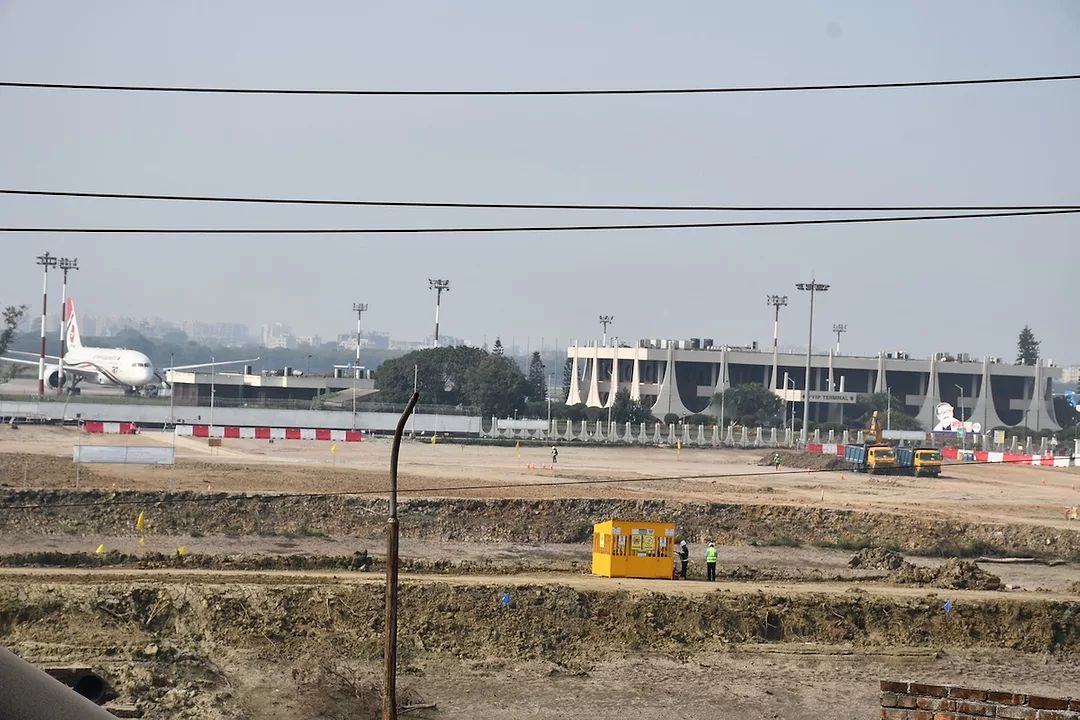A significant fire at Hazrat Shahjalal International Airport in Dhaka on October 18, 2023, has raised alarms within Bangladesh’s vital garment industry. The blaze, which occurred in the airport’s cargo import area, injured at least 35 individuals and destroyed substantial quantities of clothing and raw materials. The fire took over a day to extinguish, raising concerns about its impact on local manufacturers.
According to the Bangladesh Garment Manufacturers and Exporters Association (BGMEA), the damage could lead to losses exceeding $1 billion. The organization highlighted that the fire disrupted crucial shipments necessary for securing new buyers and expanding existing orders. Inamul Haq Khan, senior vice president of BGMEA, expressed deep concern, stating, “Losing them means our members may miss out on future opportunities.”
Impact on the Garment Industry
The cargo village at Hazrat Shahjalal International Airport plays a critical role in the garment supply chain, handling approximately 600 metric tons of dry cargo daily for most of the year. During peak season, from October through December, this figure can double, making the airport a pivotal hub for the industry. Bangladesh’s garment sector is a significant contributor to the national economy, generating around $40 billion annually and positioning the country as the world’s second-largest clothing exporter, following China.
The timing of this incident is particularly concerning, as it marks the third major fire in Bangladesh within just a week. A tragic chemical warehouse fire in Dhaka on October 14 resulted in the loss of 16 lives, and just two days later, another blaze destroyed a clothing factory in Chittagong. The frequency of these incidents raises questions about safety standards and regulatory enforcement within the industry.
Concerns About Future Orders
The ramifications of the airport fire extend beyond immediate financial losses. With the garment industry heavily reliant on timely shipments, delays could jeopardize contracts and relationships with international buyers. BGMEA officials have stressed the importance of prompt recovery efforts and enhanced safety measures to prevent future occurrences.
As the situation develops, the full economic impact of the fire will become clearer. For now, the garment industry’s stakeholders are left to navigate the aftermath, hoping to mitigate losses and secure its vital role in the global market. The challenges posed by infrastructure vulnerabilities and the pressing need for improved safety protocols remain at the forefront of discussions among industry leaders and policymakers.
